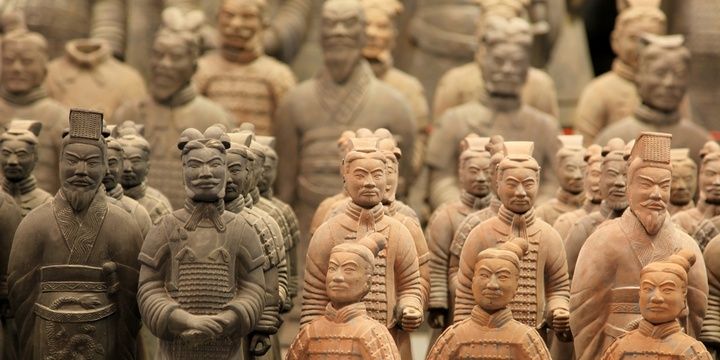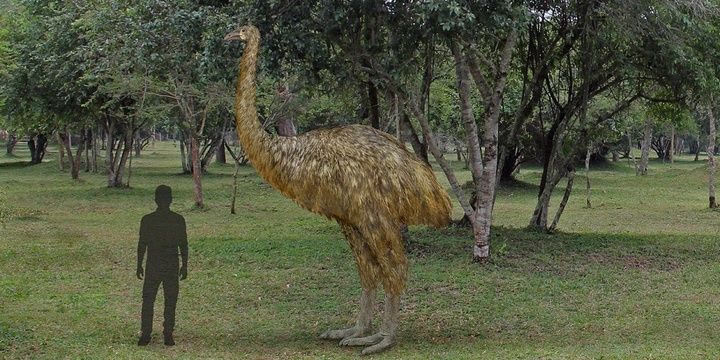3. Terracotta Army
The Terracotta army was discovered by a group of archaeologists in 1974. The discovery was made in Xi’an, the capital of Shaanxi Province situated in China. It was revealed that the clay soldiers were buried around ruler Qin Shi Huang, the very first emperor of the country. It was believed that the soldiers would protect and guard their boss after death. It has been estimated that the clay sculptures are 2200 years old. The explorers also found various weapons and other details. The archaeological site has four major pits. There’re three pits that are filled with terracotta weapons and the soldiers. The fourth pit is empty. The place is still of great interests to scientists and tourists.

4. Mount Owen Moa
In 1986 a group of archaeologists went to New Zealand to explore a cave. While digging down they discovered a claw with muscles and flesh attached to it. They analyzed the structure and concluded that it was a claw of a wingless bird. The bird now called and known as moa existed 2000 years ago. Moa was a heavy species. Its height was around 12 feet. The weight was over 200 kg. Moas were hunted by our ancestors for their meat. Now the species is extinct. You can see the claws of moa in New Zealand’s museum of natural history.

